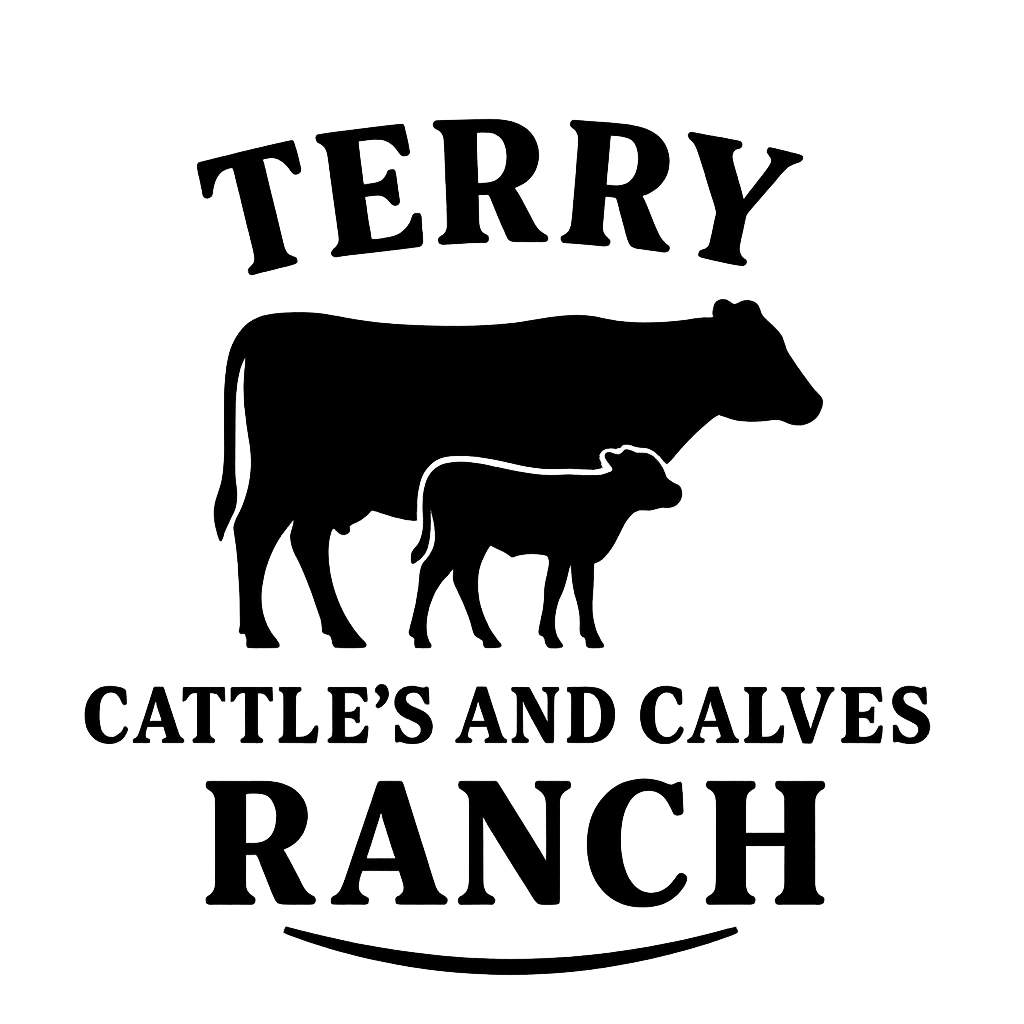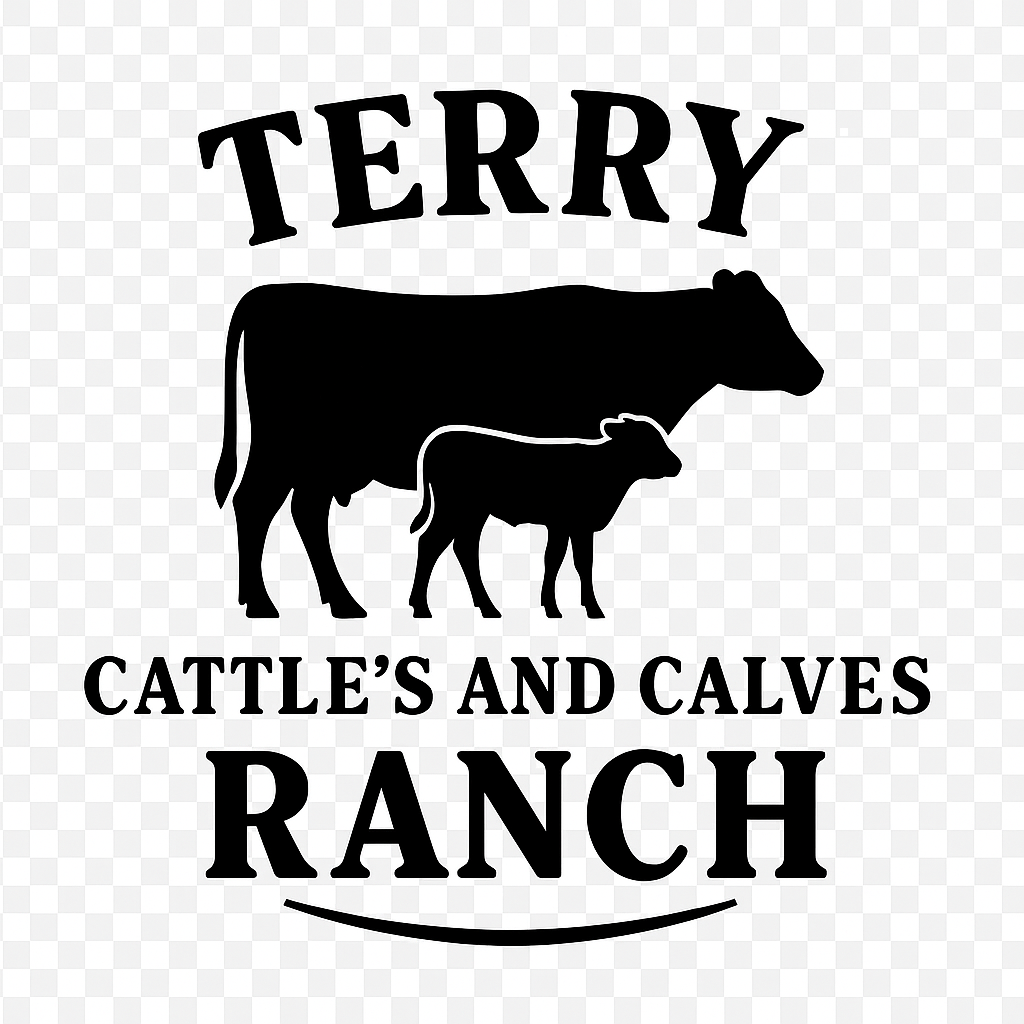FAQS
FAQ'S
FREQUENTLY ASKED QUESTIONS
TERMS AND OPERATIONS
We accept paypal, cashapp, zelle, venmo, apple pay, wire transfer, gift card for small payment and fast bill payment, and other payment method just contact us and we will get to you as soon as possible
Once a deposit is made, cattle are set aside and marked as sold. Other customers that were interested in the cattle are told they are sold. Purchasing decisions are made according to the sell. This is why having a deposit is important to most businesses and it’s the same for us. Therefore, once a deposit has been received it is nonrefundable.
The costs to transport cattle is done by mileage. Currently we can arrange transportation for a 36 foot gooseneck or less at $3 per loaded mile (meaning one way.) We can arrange delivery for a large truck ground load for $3.50-$4 per loaded mile.
We lease our bulls on an either 60 or 90 day program. 60 days for $500 or 90 days for $750. Upon their return they will need a trich test performed at renter’s expense.
We will guarantee that our animals are what they are being sold as when they leave our pens. If we call them bred, aged 2 years old, short solid, etc. and they’re not we will buy them back. It is in good faith that when cattle leave our pens they are in good health to the best of our knowledge. Due to the nature of cattle in general, we do not guarantee against sickness or death loss.
Yes, if a buyer would like to have a vet check out cattle before purchasing that buyer may do so at their own expense. We can schedule a vet for palpation, vaccinations, etc.
Yes. We will work with buyers to provide discounts on large orders or occasionally we will have groups that will be discounted at certain times.
BREEDING
A cow’s full term of pregnancy is for 283 days for most breeds.
It should be at least 45 days before breeding back although 60-90 days is best. In order to do this, a cow needs to have good forage and mineral supplements available and be in good condition.
Typically a cow that is cycling will cycle every 21 days.
There are many different philosophies on this. We believe the best rule of thumb is for the heifer to be 60% of mature body weight before breeding. So if you anticipate the heifer being a 1200 pound cow, breeding would occur at 720 pounds. Keep in mind that a heifer bred this early is still growing after breeding and still needs better nutrition available than a grown cow and probably earlier weaning of her calf.
YES! Heifers will naturally have a higher rate of calving problems, typically the calves being too big for the heifer to have on her own. We as ranch managers can help with this by choosing an appropriate low birth weight bull such as a low birthweight Angus. Ranches commonly use other breeds as well such as Hereford or even Longhorn or Corriente bulls. A continental breed such as a Charolais or Simmental may not be the best idea.
GENERAL
We strive to not carry any wild cattle. We hand feed them daily to help with docility. They are still unpredictable animals though and none will be pets. If docility or gentleness is your number one goal in your herd we can certainly help guide you when choosing cows for your herd.
This is a great question…and a very tough one to answer. It all depends on the quality of your pasture, your pasture management, weather that year and your geographical location. There are some pastures in far West Texas that can only handle up to 1 head per 50 or 100 acres and on the other hand there are some pastures in East Texas that can handle one head per acre or better on a rotational grazing program. There are a ton of variables. Please call us and we can help you get an estimate on this according to the variables.
Annual calf vaccinations, weaning, tagging or whatever else you may need done to your cattle can be challenging for some folks. When purchasing your cattle, we can show buyers around our pens for ideas and explanations on what equipment is necessary for working your own cattle. We can also come to your ranch to help out with cowboy work if needed for a daily fee.

